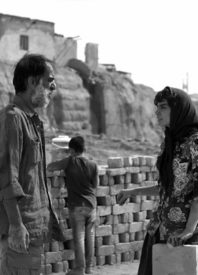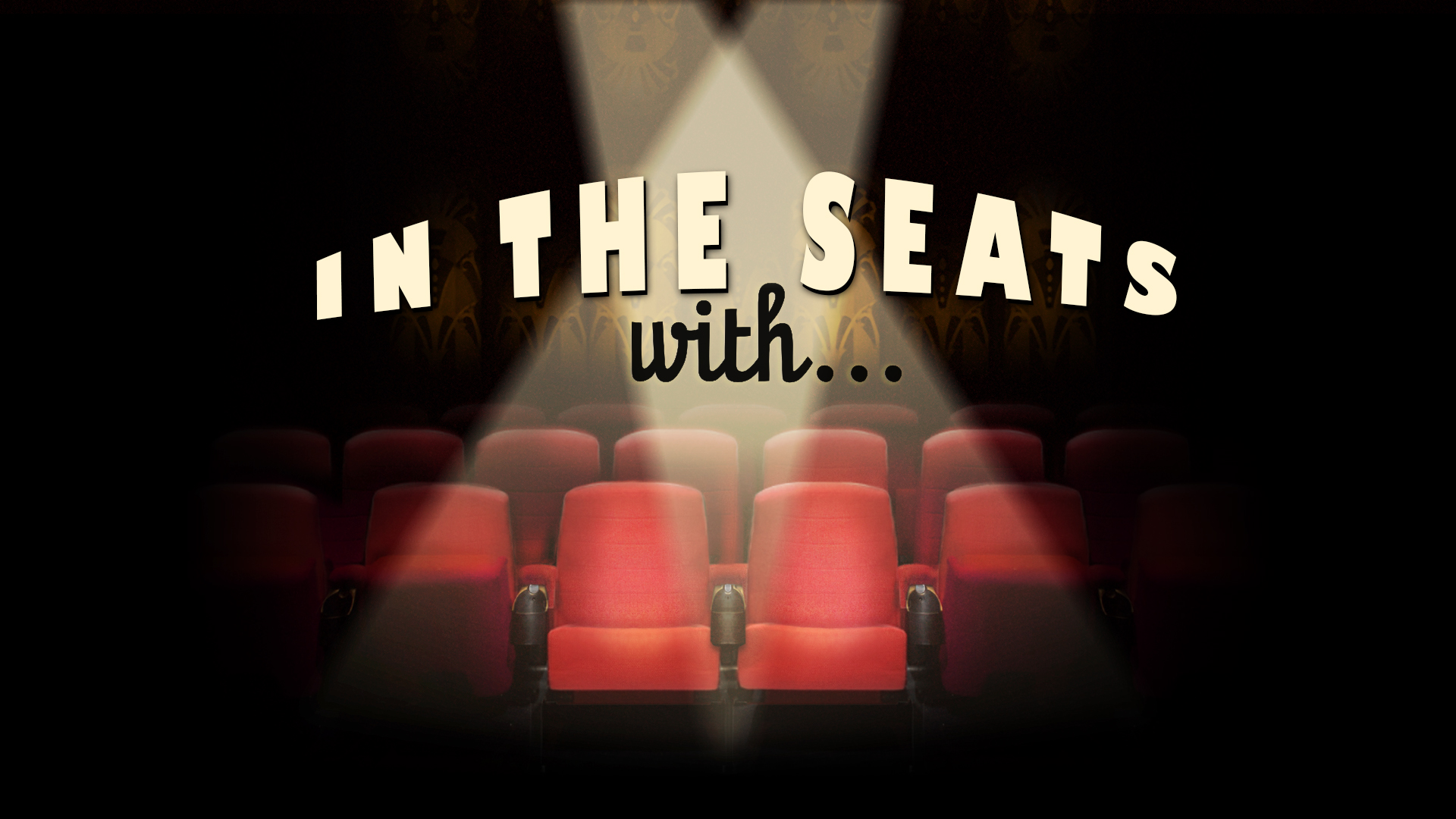
Set at an isolated brick factory in the deserts of Iran, The Wasteland begins as the boss announces that they are going to have to close down. These families rely entirely on their ability to keep working. But changes in local manufacturing trends has made their ancient production methods obsolete. As factory supervisor Lotfollah attempts to manage the workers, they increasingly lean on his boss to help take care of their personal needs in order to endure.
Directed by Ahmad Bahrami, Wasteland uses its own style of innovative storytelling to examine how financial struggles affect everyone. Shooting the film in black and white, Wasteland feels as bleak and barren as the land itself. This is not a world where men and women are set to thrive but rather fight to survive. Left to battle the dry heat and scramble for food, there is an emptiness in their souls. What’s more, Bahrami begins each segment with the same speech and ending with the protagonist covering themselves with a sheet. Thus, he re-emphasizes the idea that this brick factory remains the totality of their lives.
Although exhausting work conditions and broken lives are all on display, what’s most intriguing about Bahrani’s work here is that it recognizes the importance of each person. With each repetition of the meeting with the boss, Bahrami spins the narrative off into each individual journey of his workers. The financial stresses they feel. The cultural pressures that affect their relationships and the challenges they face to survive. These all matter to Bahrami and are each offered equal opportunity onscreen. Despite the fact that this is a world of desolation, Bahrani believes that every one of these characters matter. In this way, this Wasteland still manages to spark life, even if the surrounding area suggests otherwise.
- Release Date: 10/31/2021

